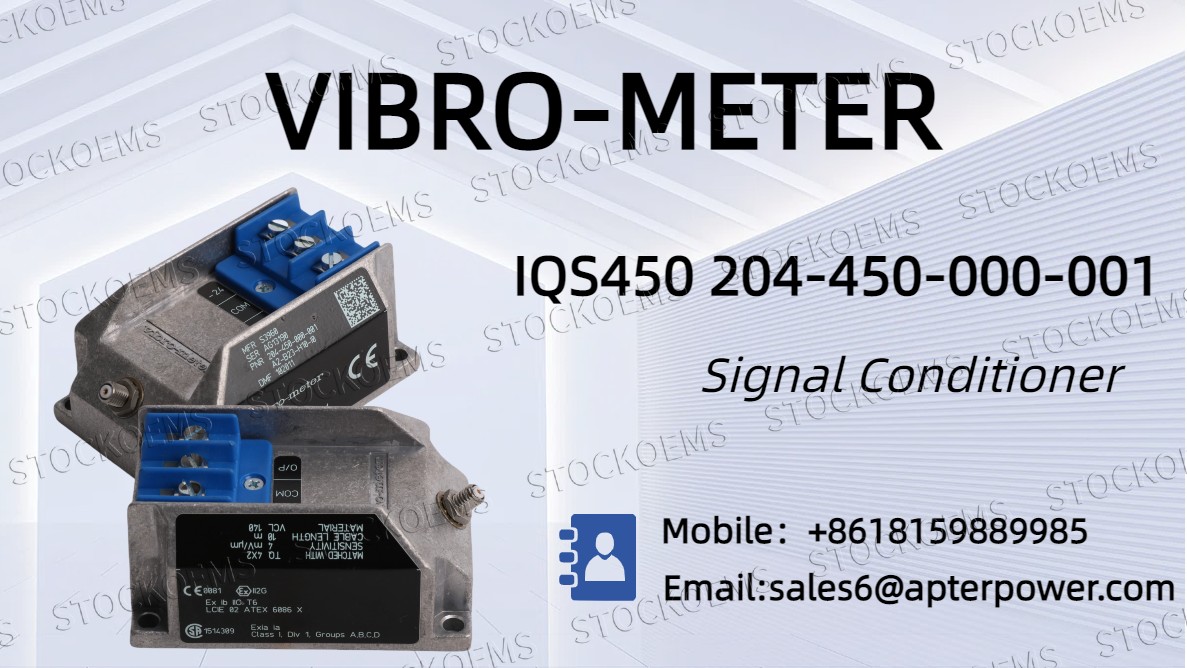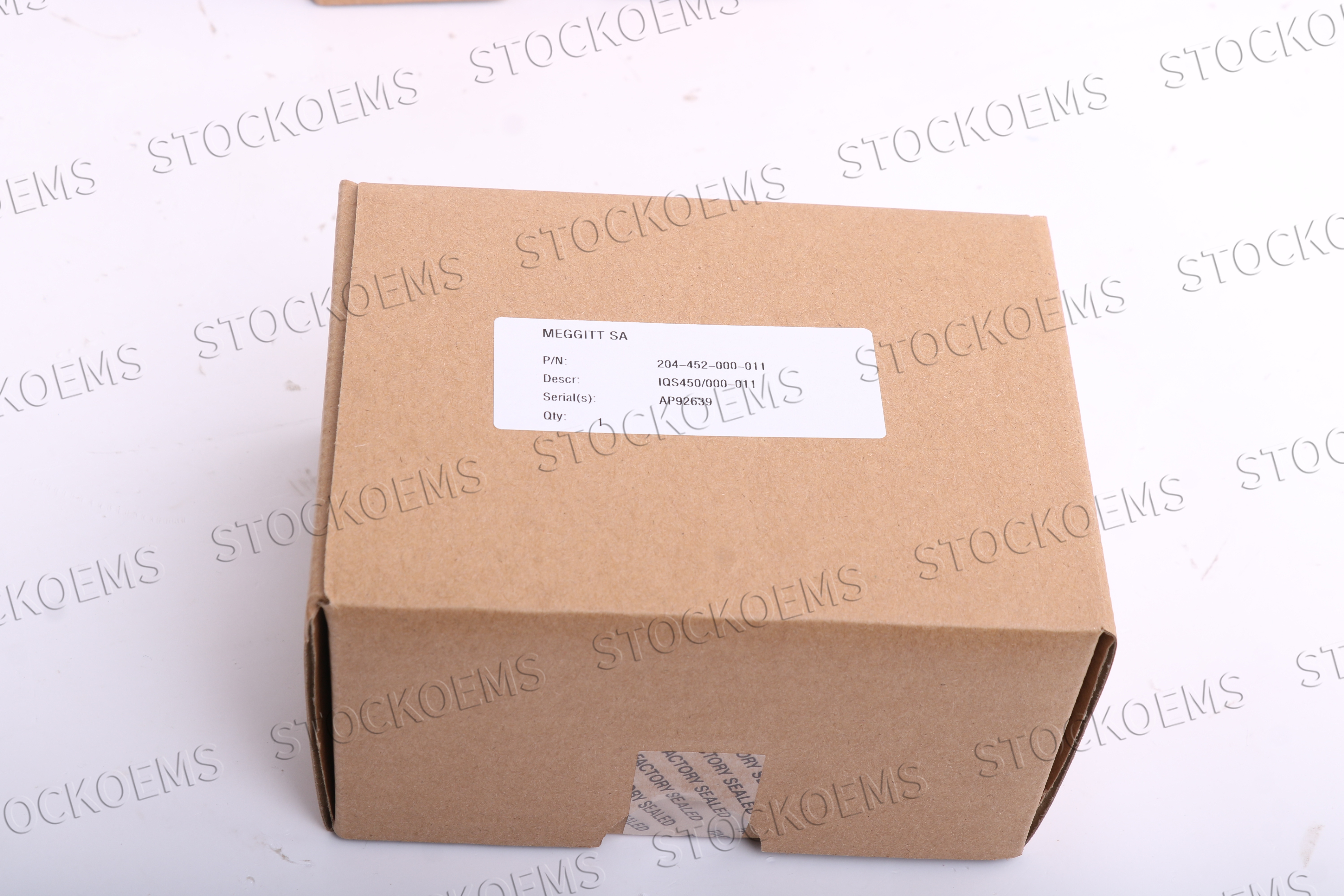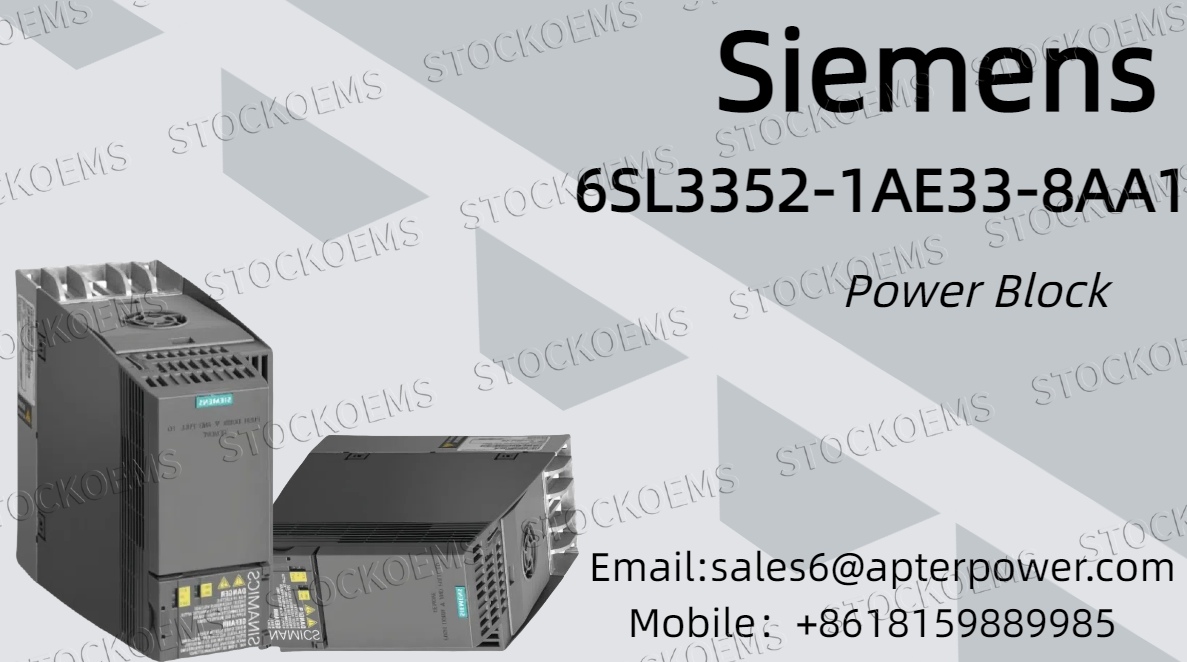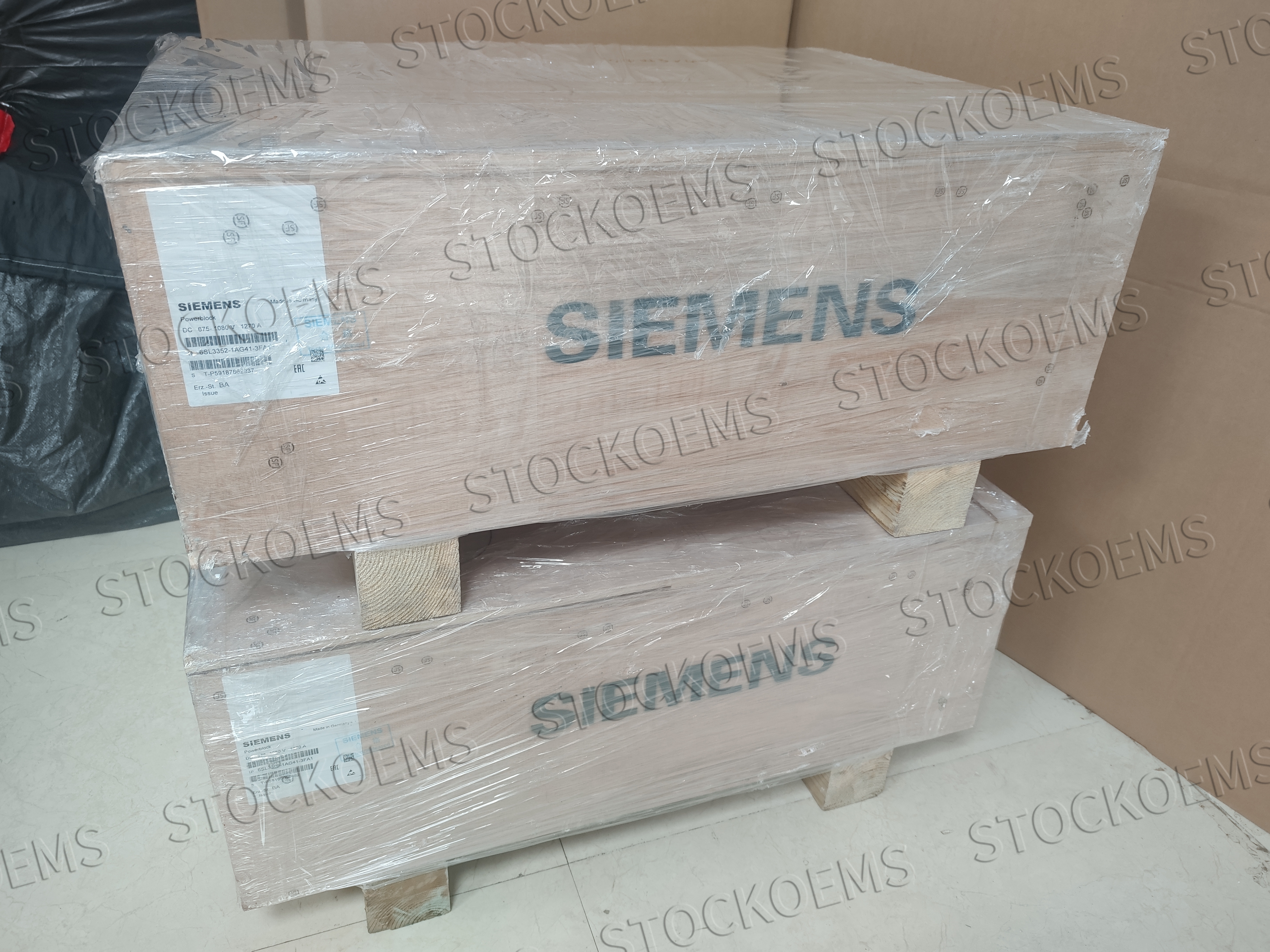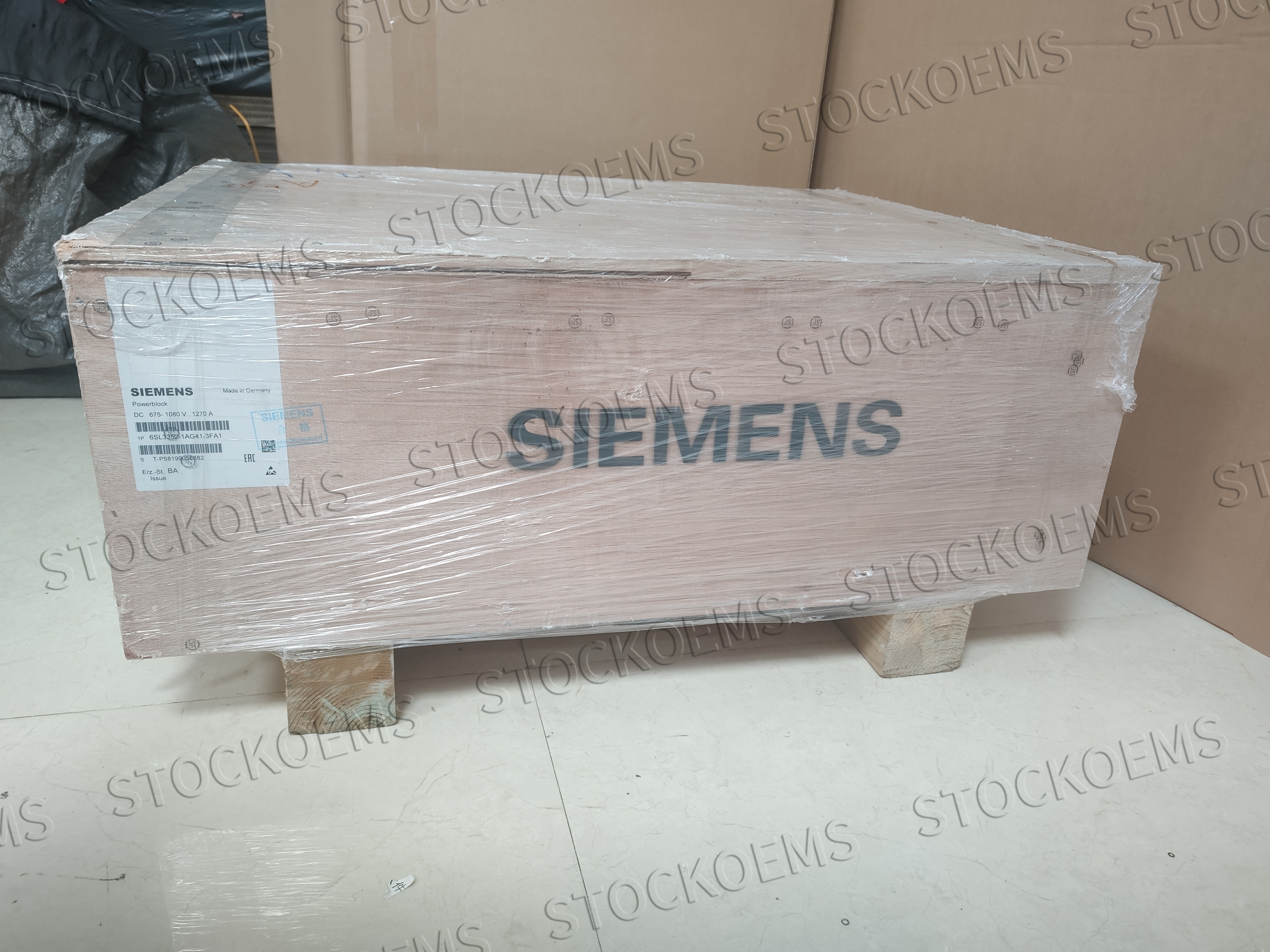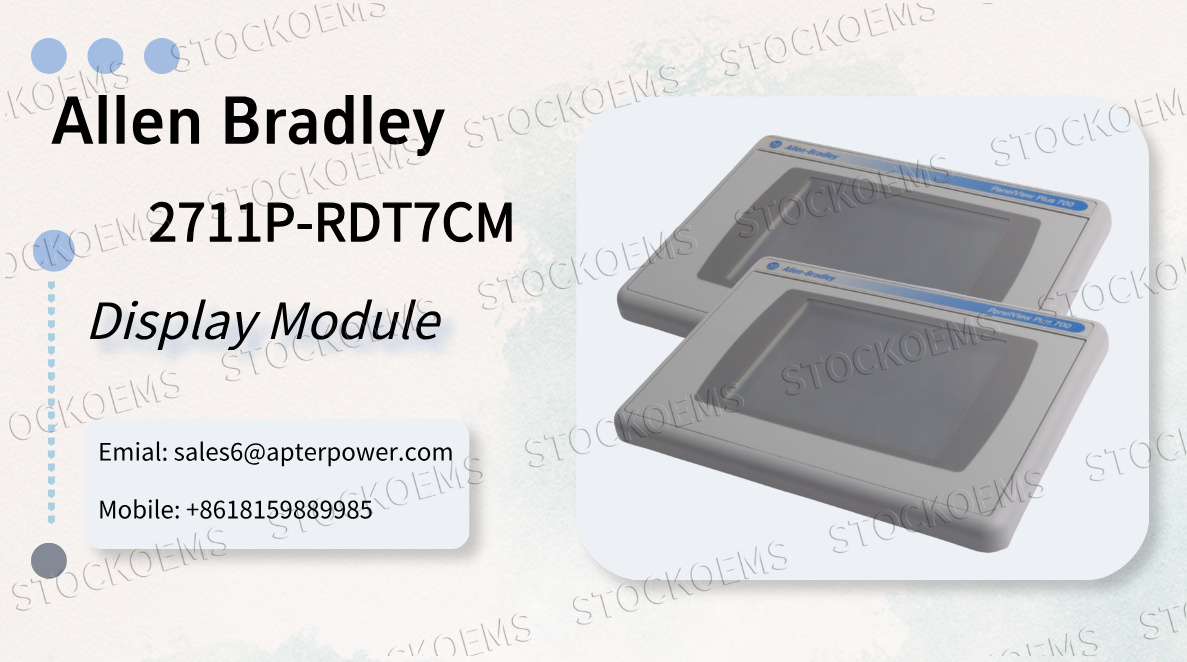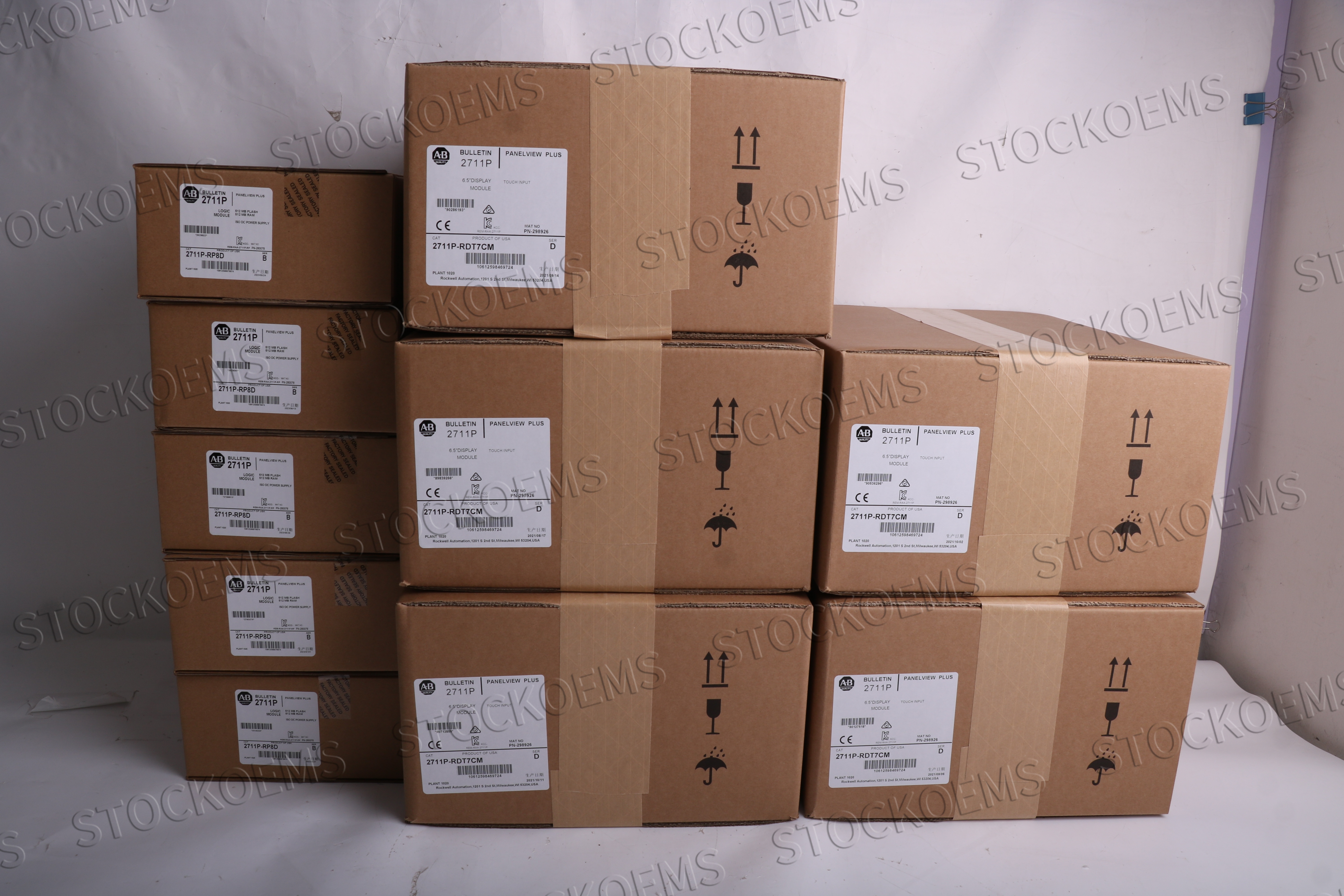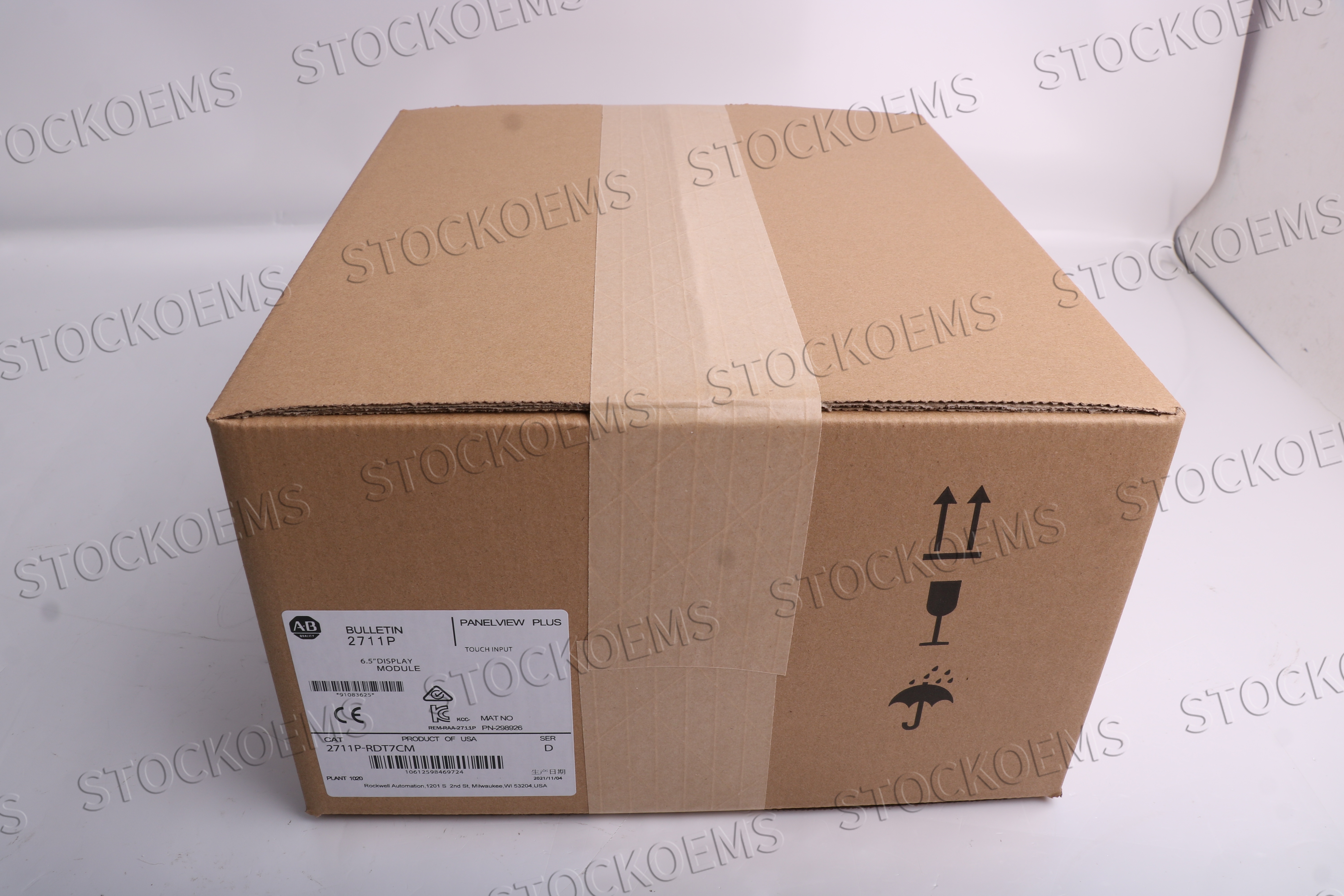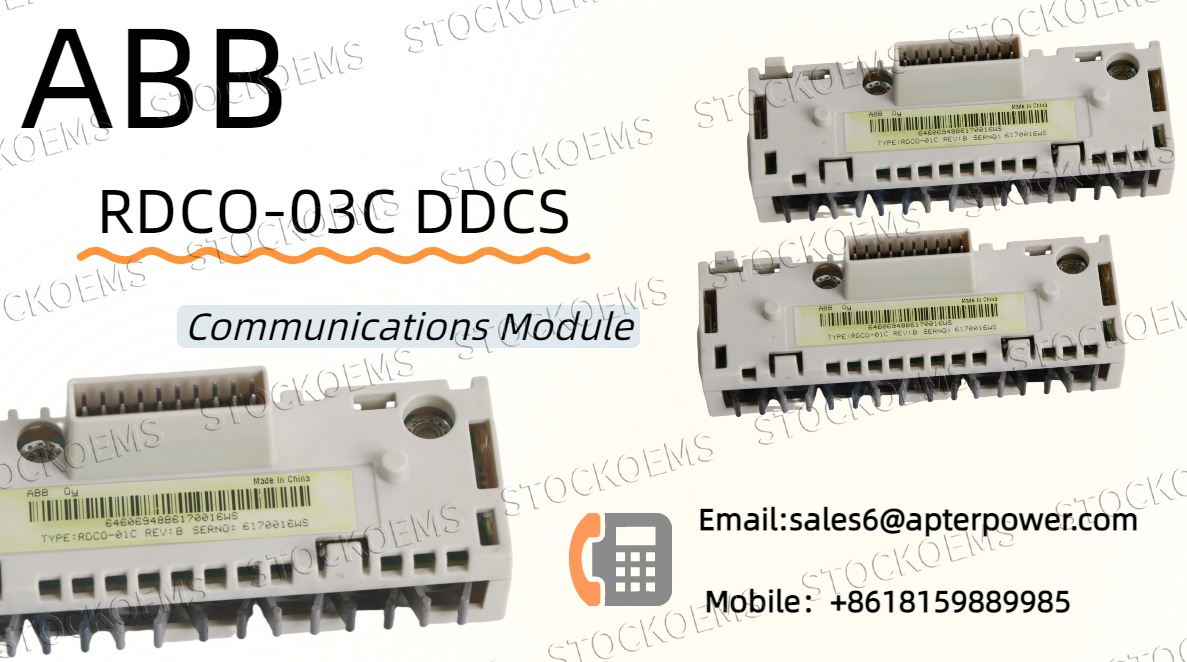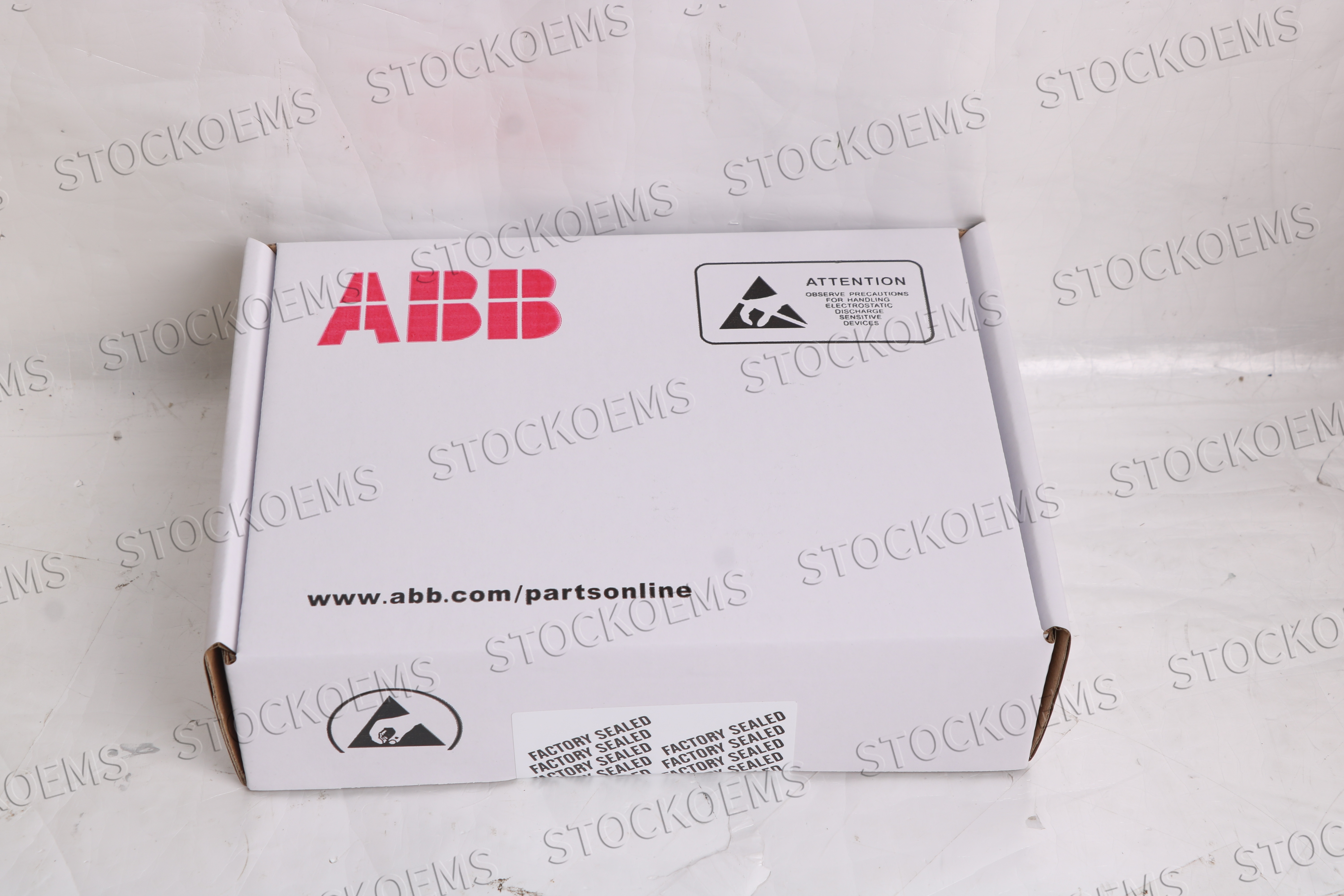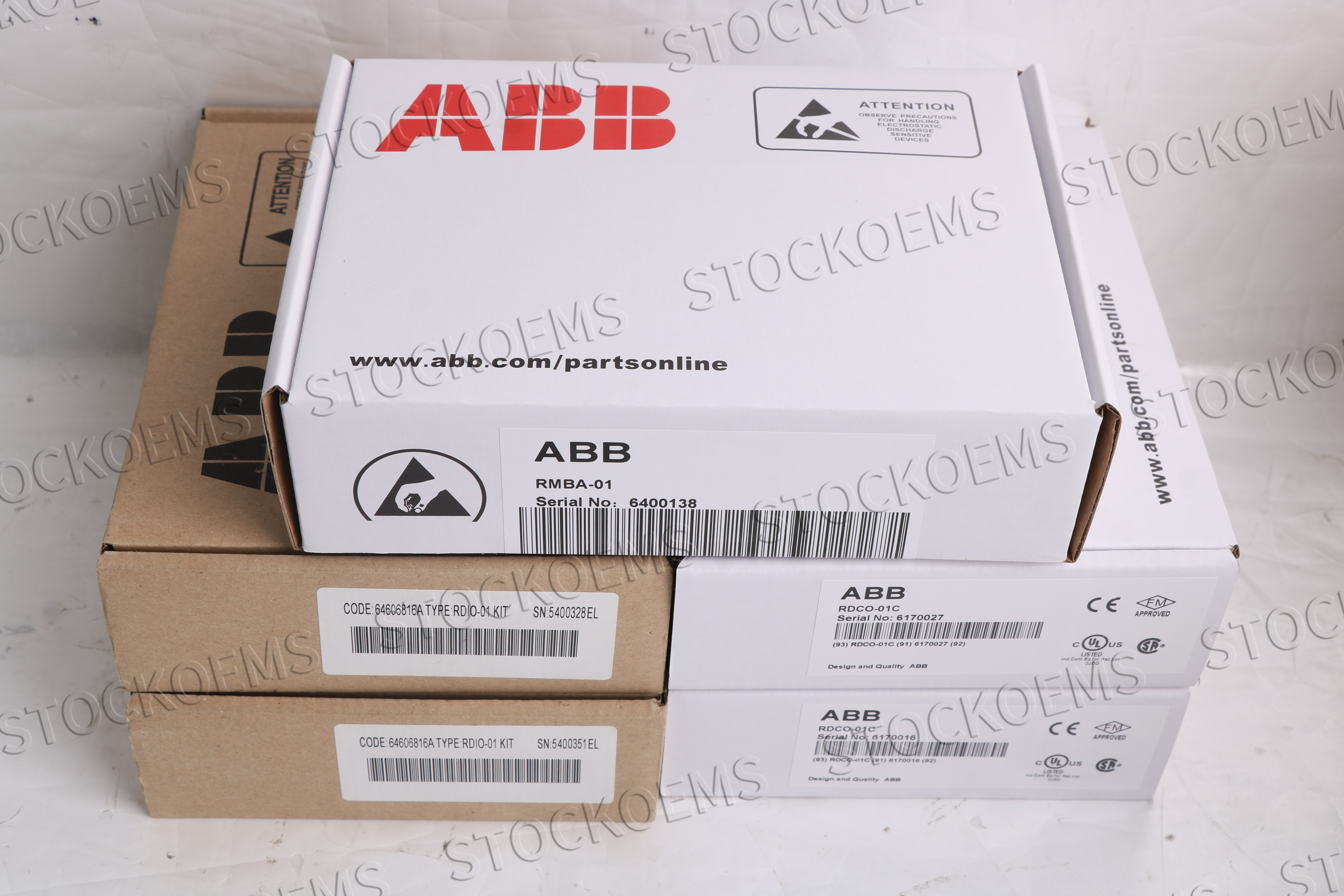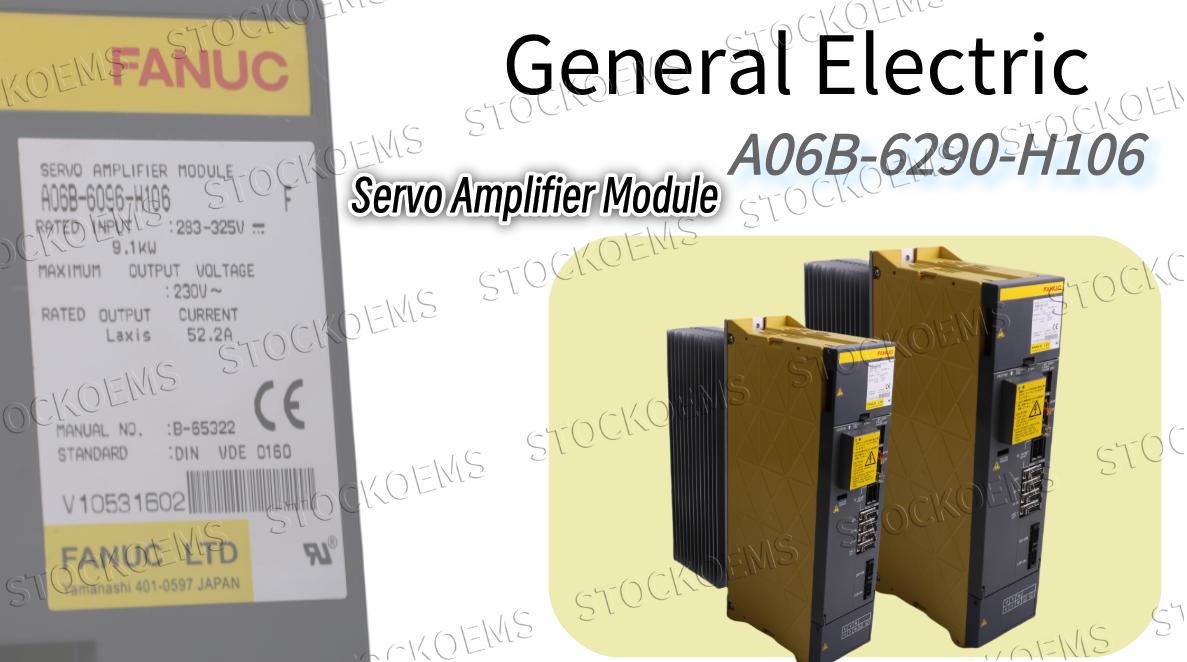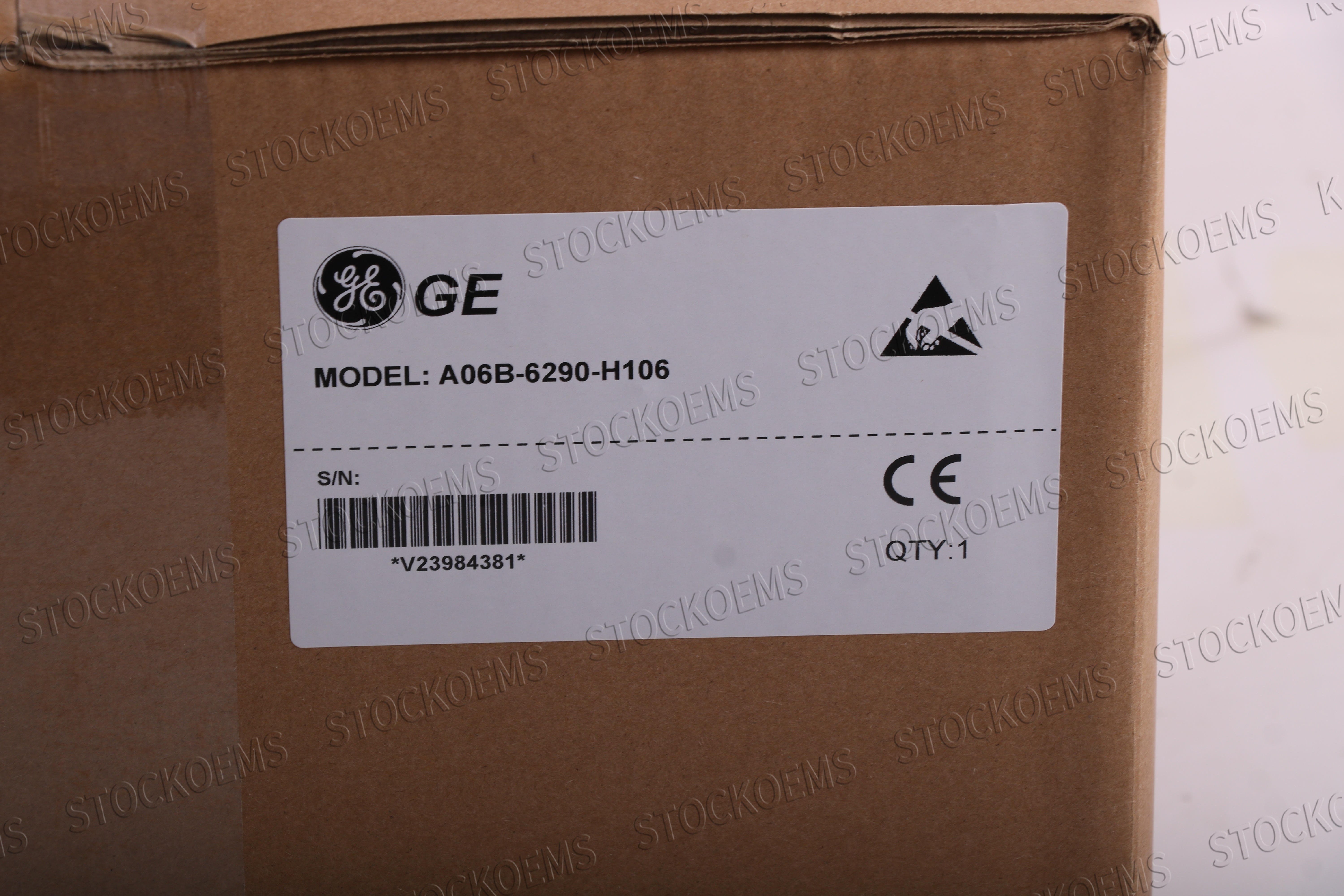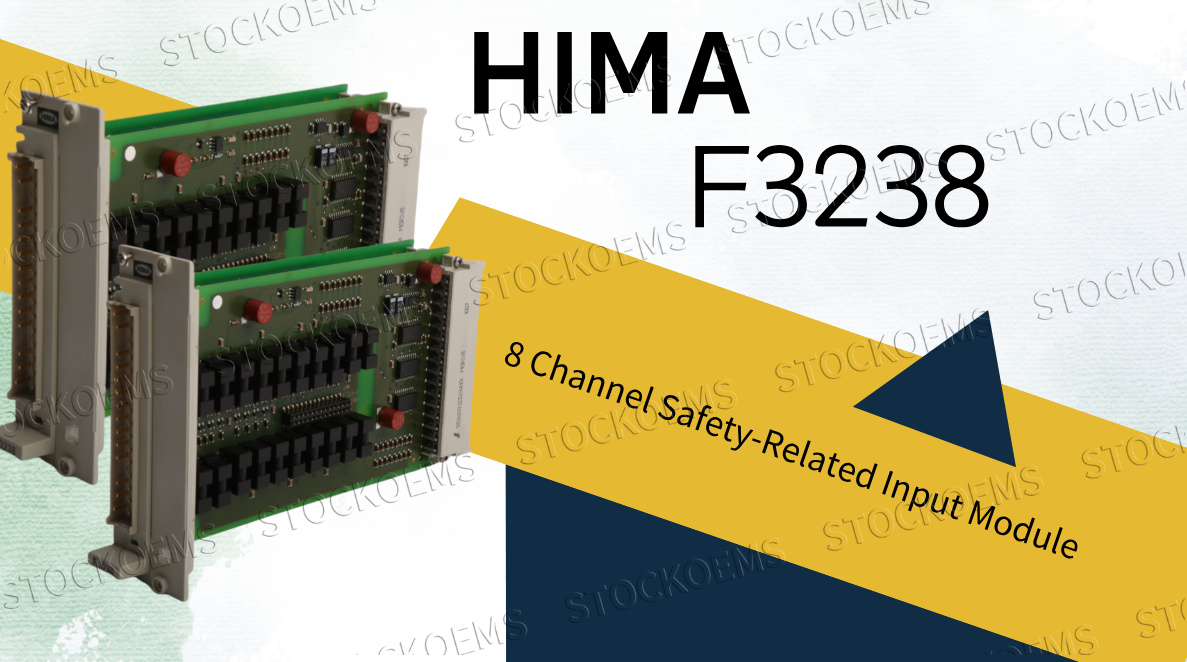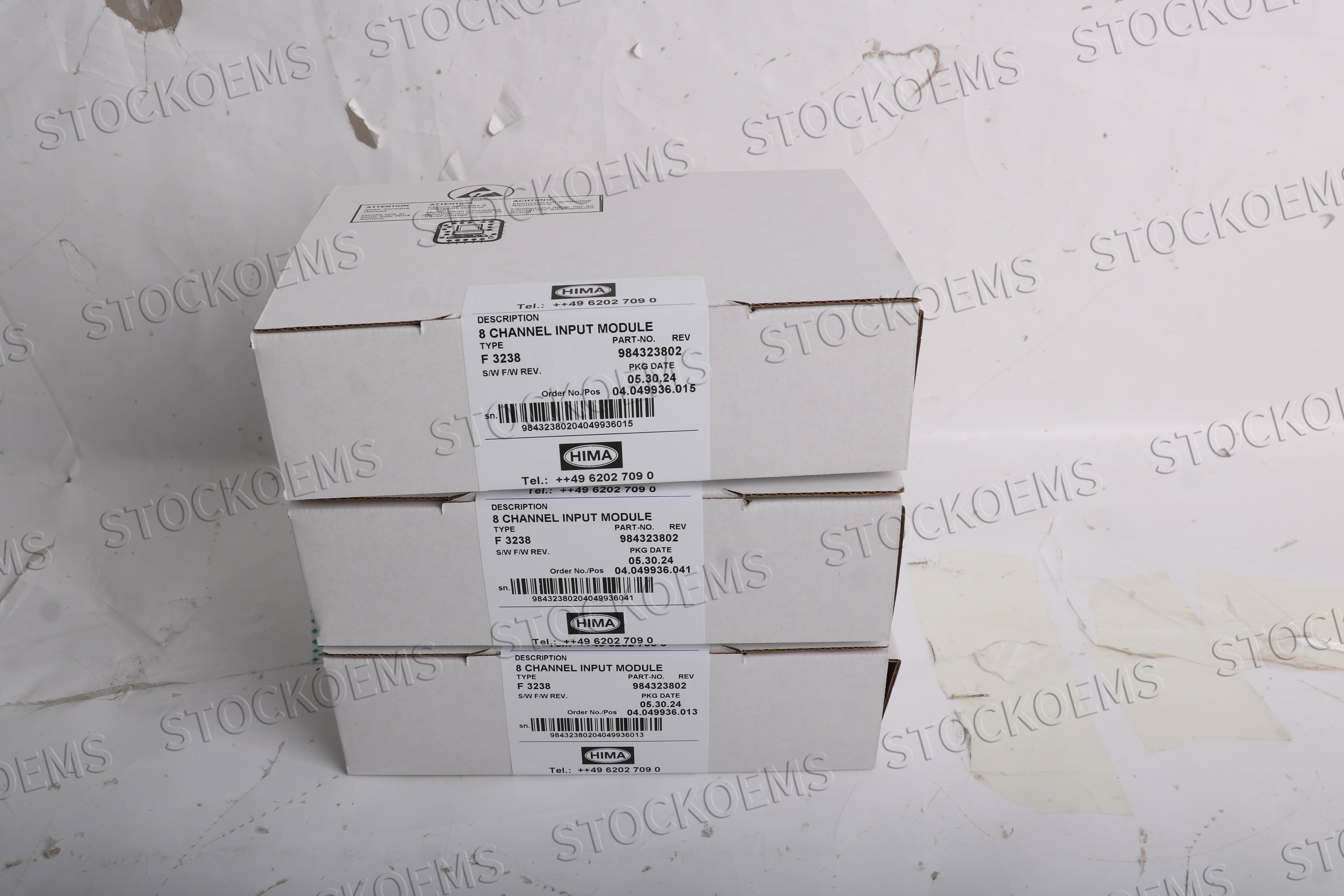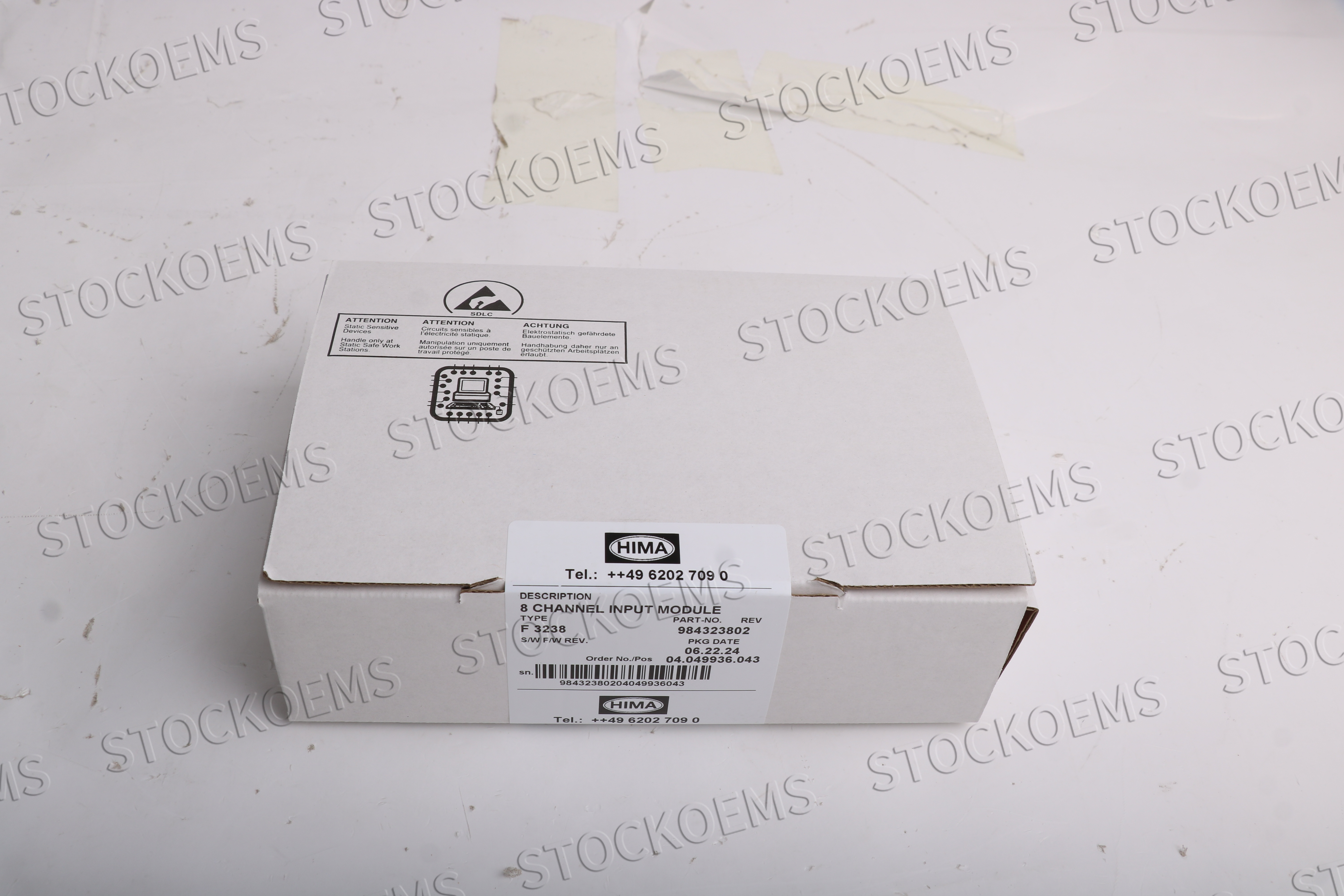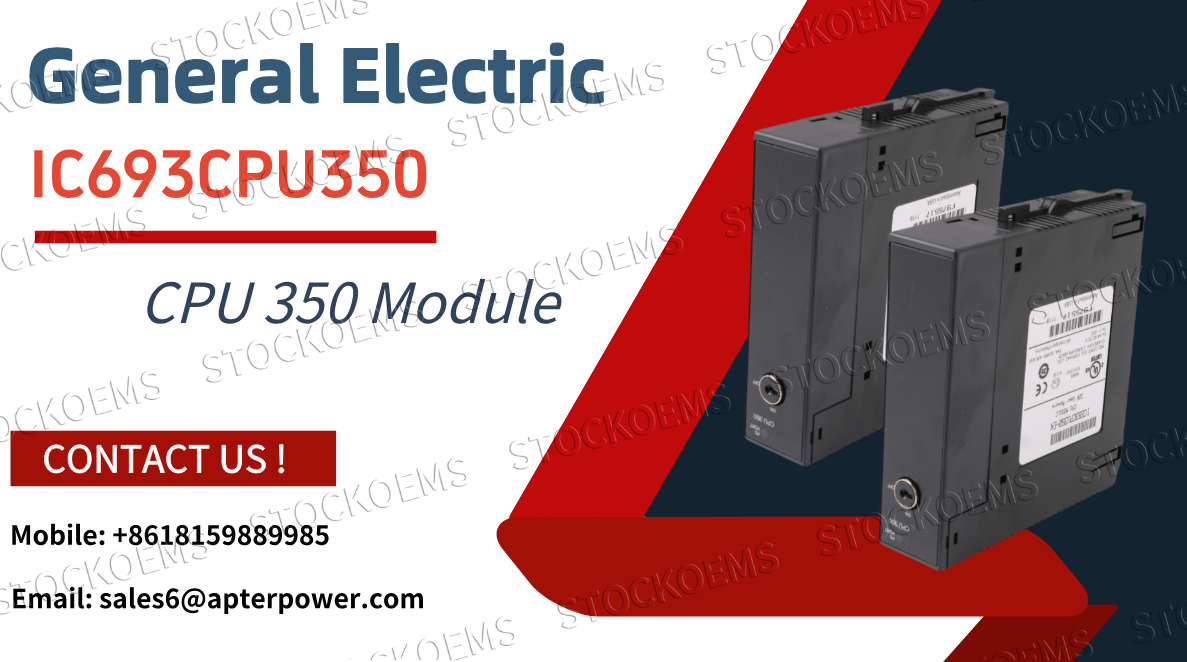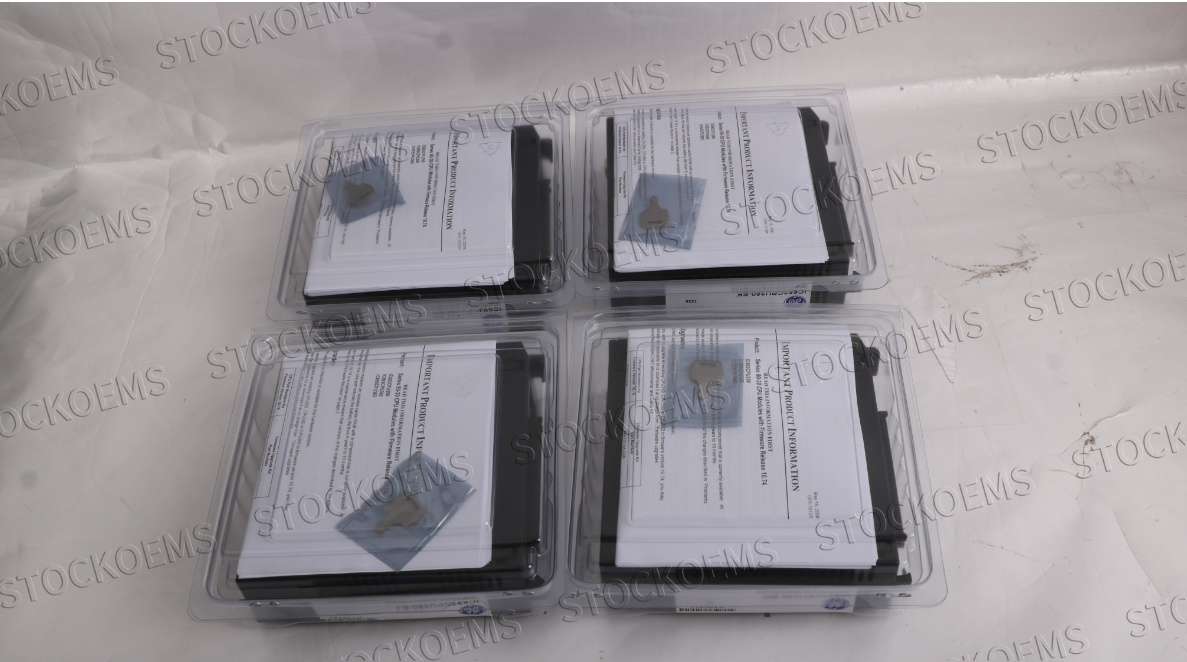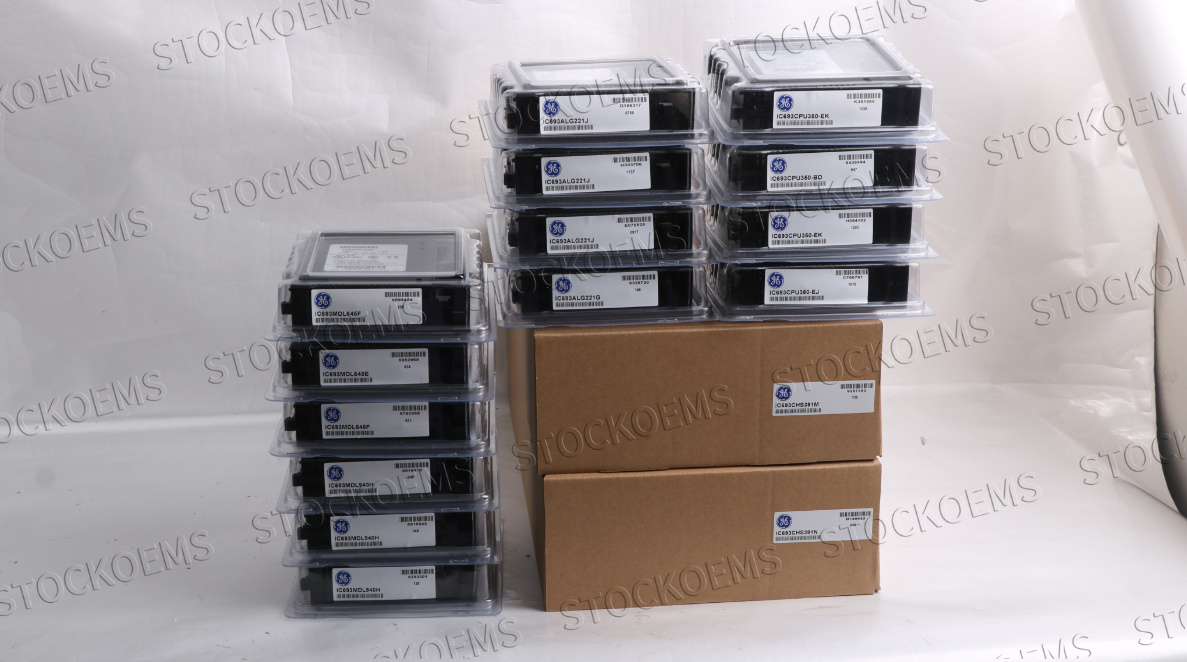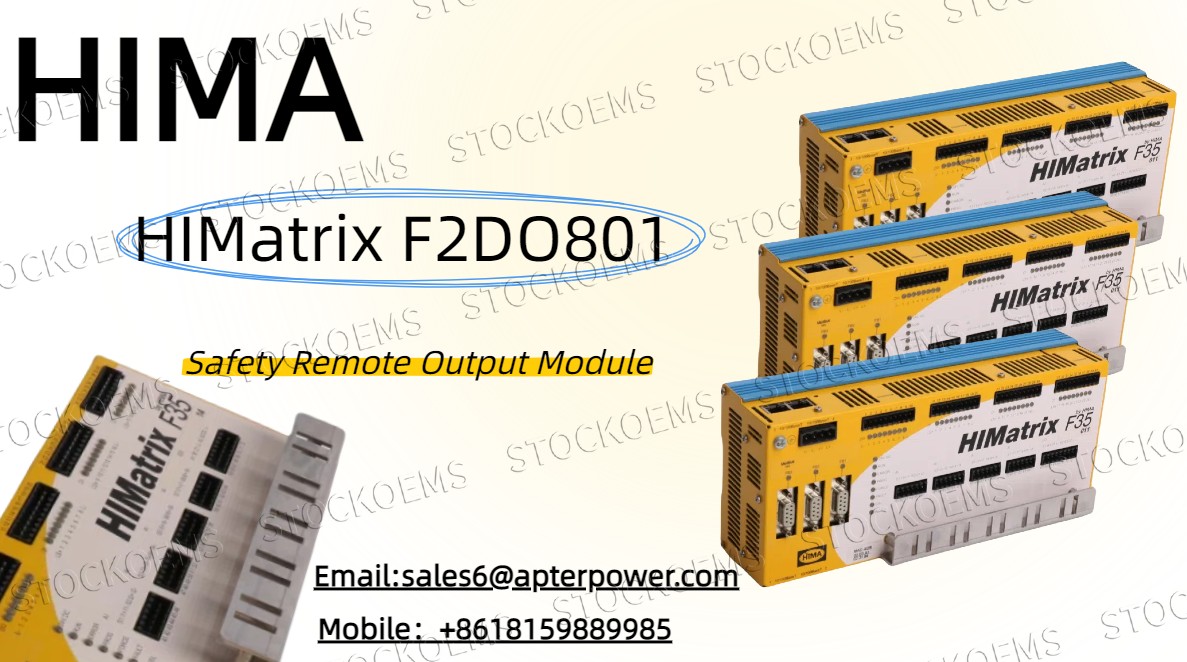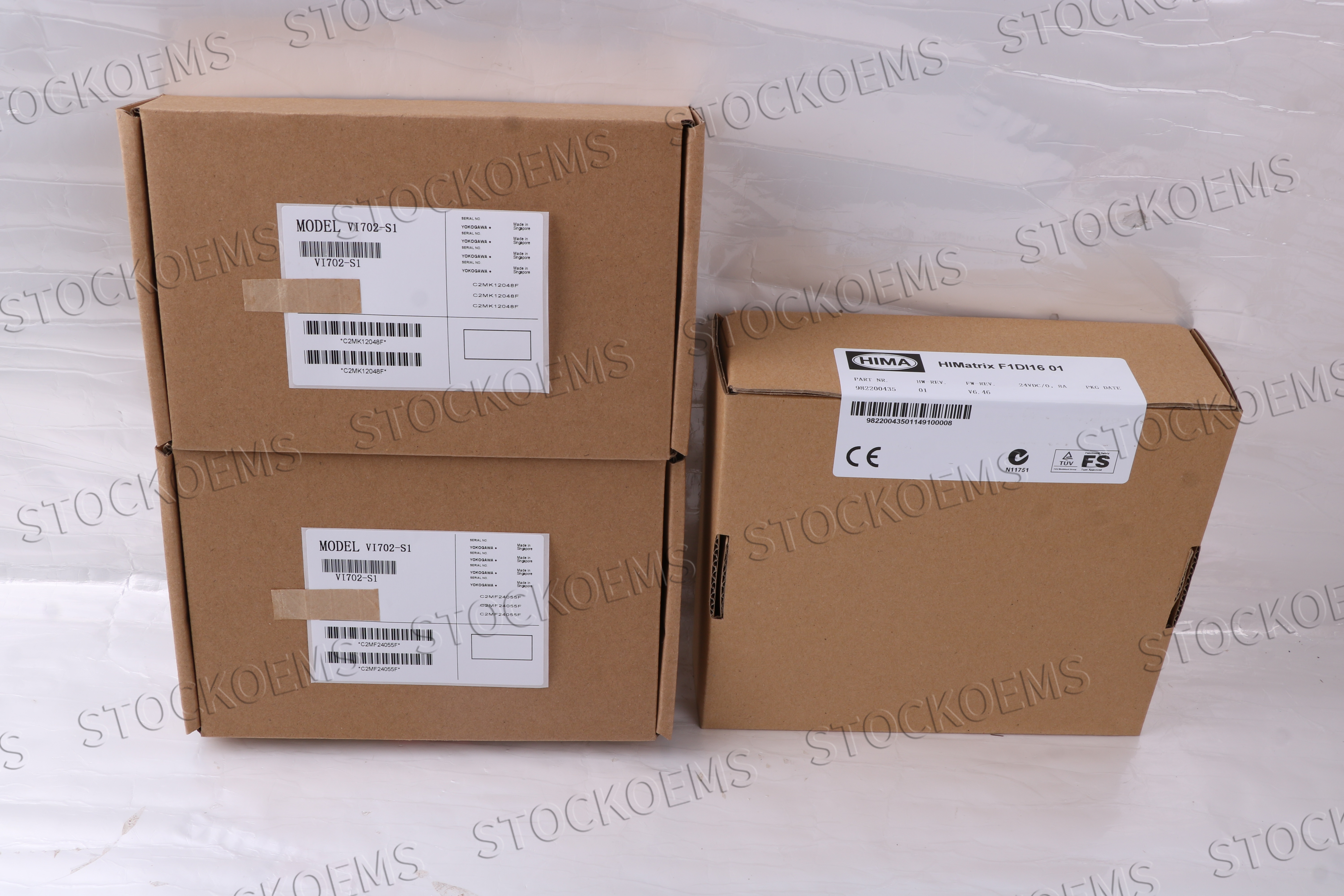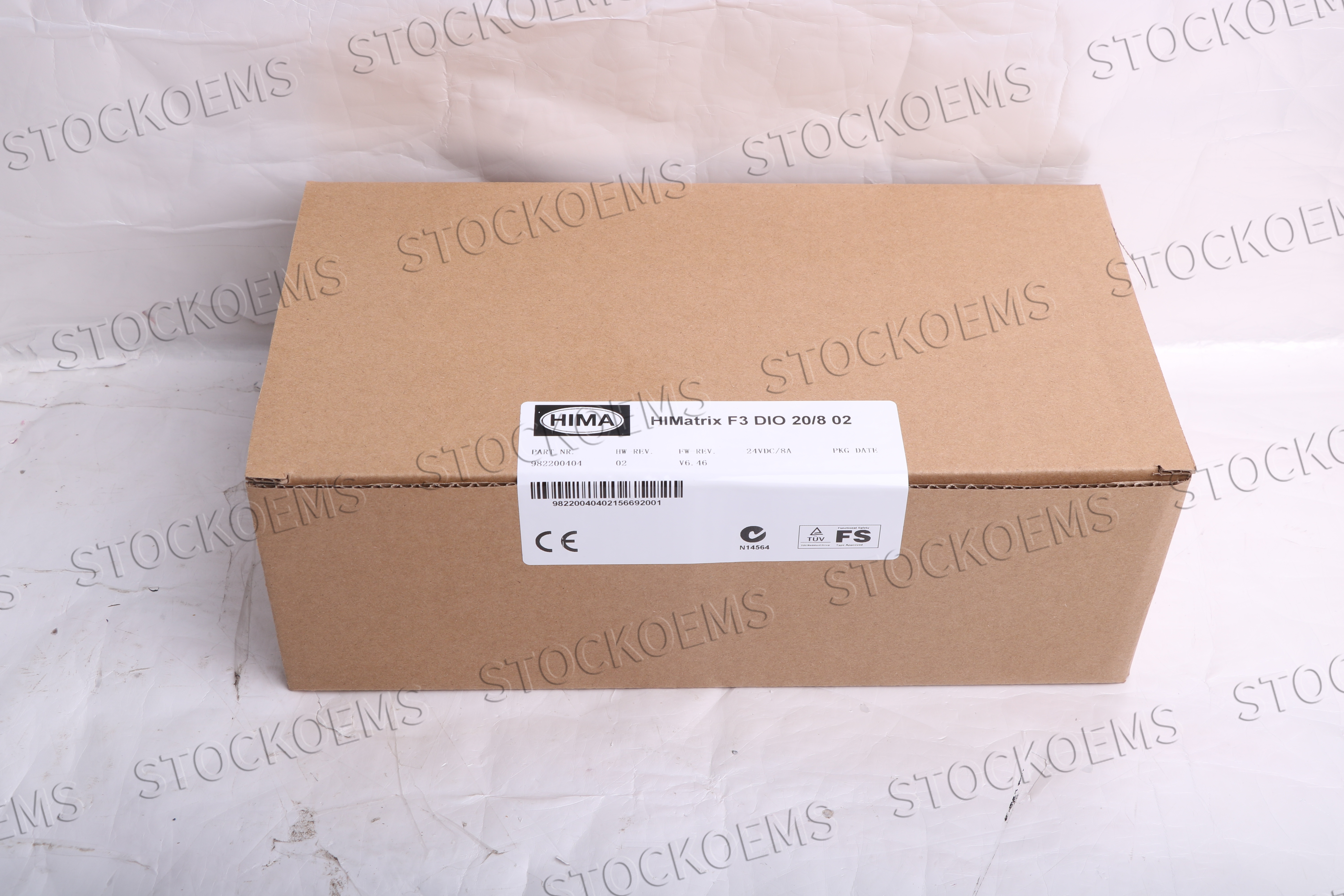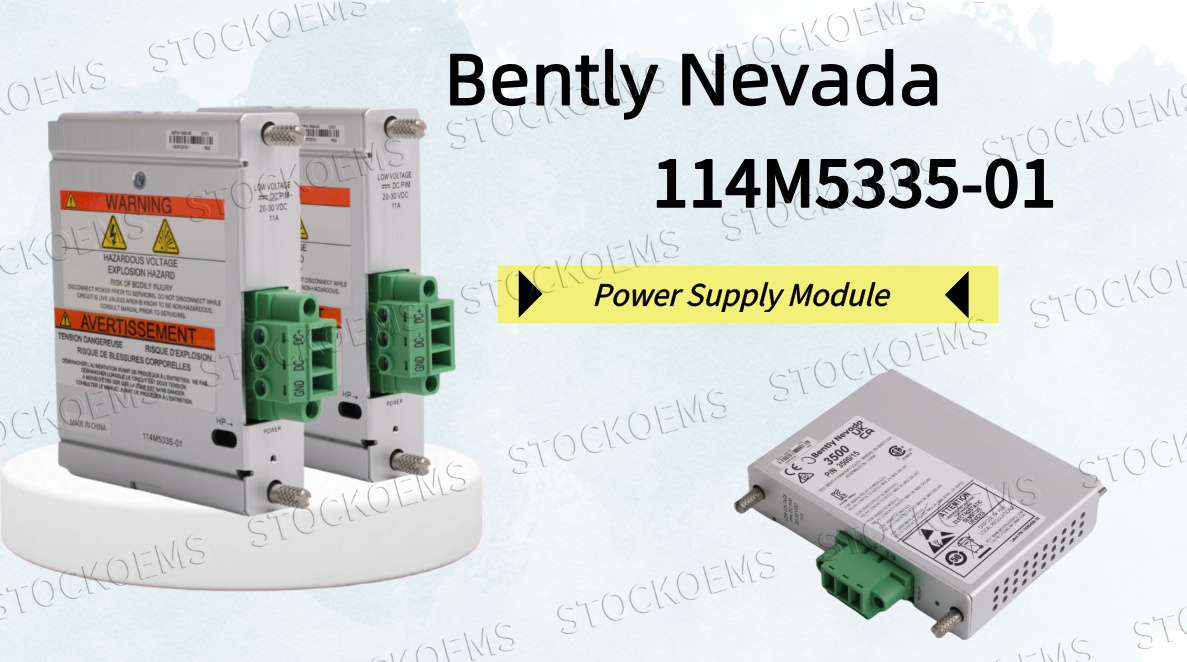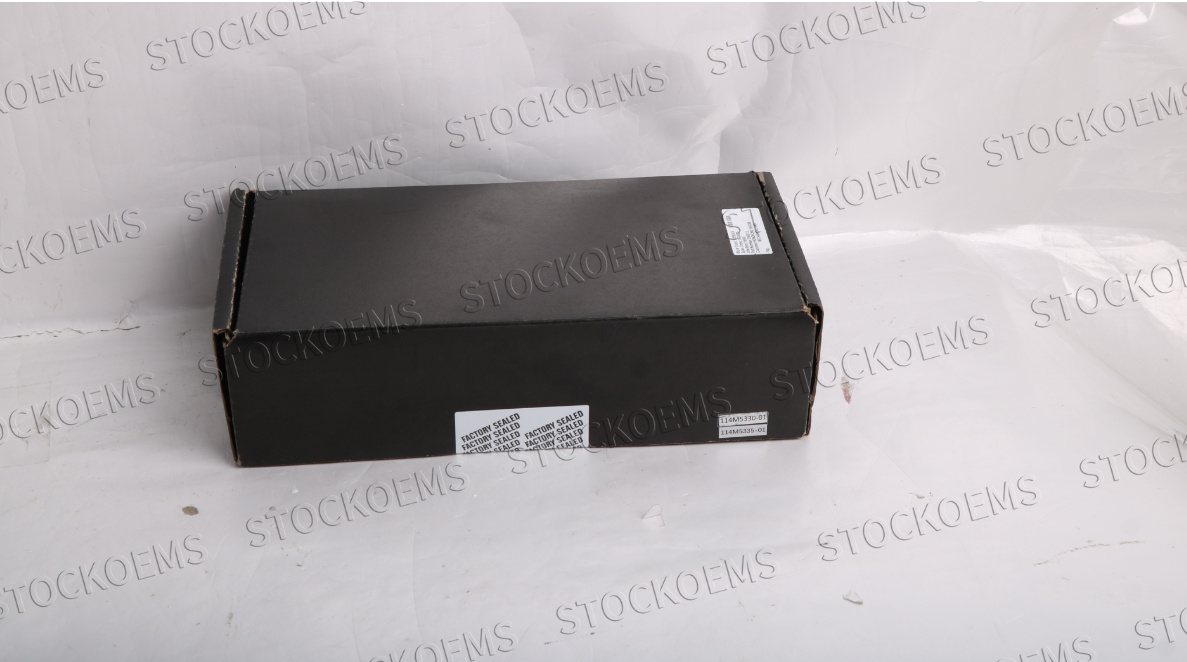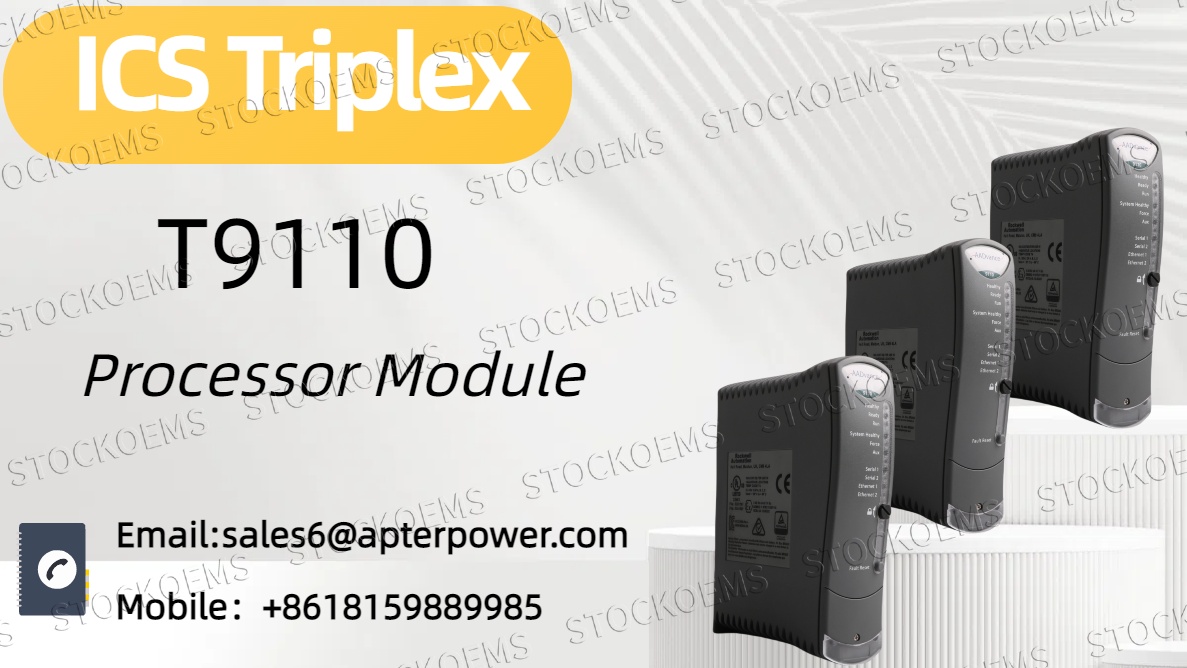
What Is the ICS Triplex T9110 and Why Is It Important
Processor module ICS Triplex T9110 is a system solution that represents cutting-edge technology in the field of industrial control. It is designed and developed specifically to improve the operating efficiency and reliability in critical industrial environments. As an industrial-grade control device with excellent performance, the system plays an irreplaceable core role in industries such as oil and gas extraction, power energy production, and chemical manufacturing that have extremely high requirements for system stability. The most significant technical advantage of the T9110 system lies in its innovative fault-tolerant architecture design, which can maintain a continuous and stable operating state even in the event of emergencies such as hardware failures or software anomalies. The control system adopts an intelligent integration solution that can be perfectly compatible with the factory's existing industrial network, providing users with accurate real-time monitoring and flexible process control functions. Its core value is reflected in three aspects: significantly reducing unplanned downtime, effectively controlling maintenance costs, and comprehensively improving production safety levels. These features make it an indispensable key component of the modern industrial operation system.
How Does the ICS Triplex T9110 Work
The T9110 Digital Quantity Module in Stock adopts the industry-leading triple module redundancy (TMR) technology architecture. This design concept ensures that the system has extremely high availability and excellent fault tolerance. The specific implementation method is that three sets of identical processor modules run at the same time. The system will continuously cross-check the output results of these processors to timely detect and automatically correct any possible data deviations. When one of the processor modules fails, the remaining two modules will immediately take over the workload. The whole process does not require manual intervention, and truly achieves zero-interruption seamless switching. The T9110 system also integrates intelligent diagnostic function modules and periodic self-test programs, which can provide early warnings before potential failures have a substantial impact. In terms of communication compatibility, the system supports a variety of industrial standard communication protocols including PROFIBUS, Modbus, etc., ensuring seamless connection with various field devices and upper-level management systems. It is precisely with these innovative technical features that the T9110 system can provide users with unprecedented operational reliability and control accuracy, making it an ideal choice for handling critical production tasks.
Where and When Should You Consider Implementing the ICS Triplex T9110
The ICS Triplex T9110 control system is particularly suitable for industrial fields that have strict requirements on system reliability and operational safety. In typical application scenarios such as oil refining, nuclear power operation, and large-scale automated manufacturing, the system's unique fault-tolerant design can maximize its technical advantages. Especially in special working conditions where production interruptions may cause huge economic losses or major safety risks, the T9110 system shows its irreplaceable value. When companies plan to upgrade existing control systems or need to build new production facilities with extremely high system availability requirements, they should give priority to the T9110 solution. Considering that the system fully complies with internationally accepted functional safety standards such as IEC 61508, it is particularly suitable for promotion and application in regions with strict industrial supervision such as Europe and the United States. From the perspective of project implementation timing, the most ideal deployment solution is to incorporate the AADvance Controller System T9110 ICS Triplex into the overall planning at the beginning of the new project construction, which can not only ensure the perfect compatibility of the system with each sub-equipment, but also give full play to its optimal performance.
How ICS Triplex T9110 Redefines Industrial Control Standards
The ICS Triplex Power Supply Module marks an important milestone in the development of industrial control technology. It has set new industry benchmarks in terms of system reliability, fault tolerance, and operational efficiency. Its innovative TMR architecture design, intelligent diagnostic functions, and excellent system compatibility make it the preferred solution for high-risk industries that cannot afford any system interruptions. By deeply understanding the technical principles and application characteristics of the T9110 system, industrial enterprises can make more scientific and reasonable automation upgrade decisions. It can be foreseen that with the full arrival of the Industrial 4.0 era, ICS Triplex T9110 will continue to play a leading role in promoting the innovative development of industrial automation control systems and provide strong technical support for the transformation and upgrading of the global industry.
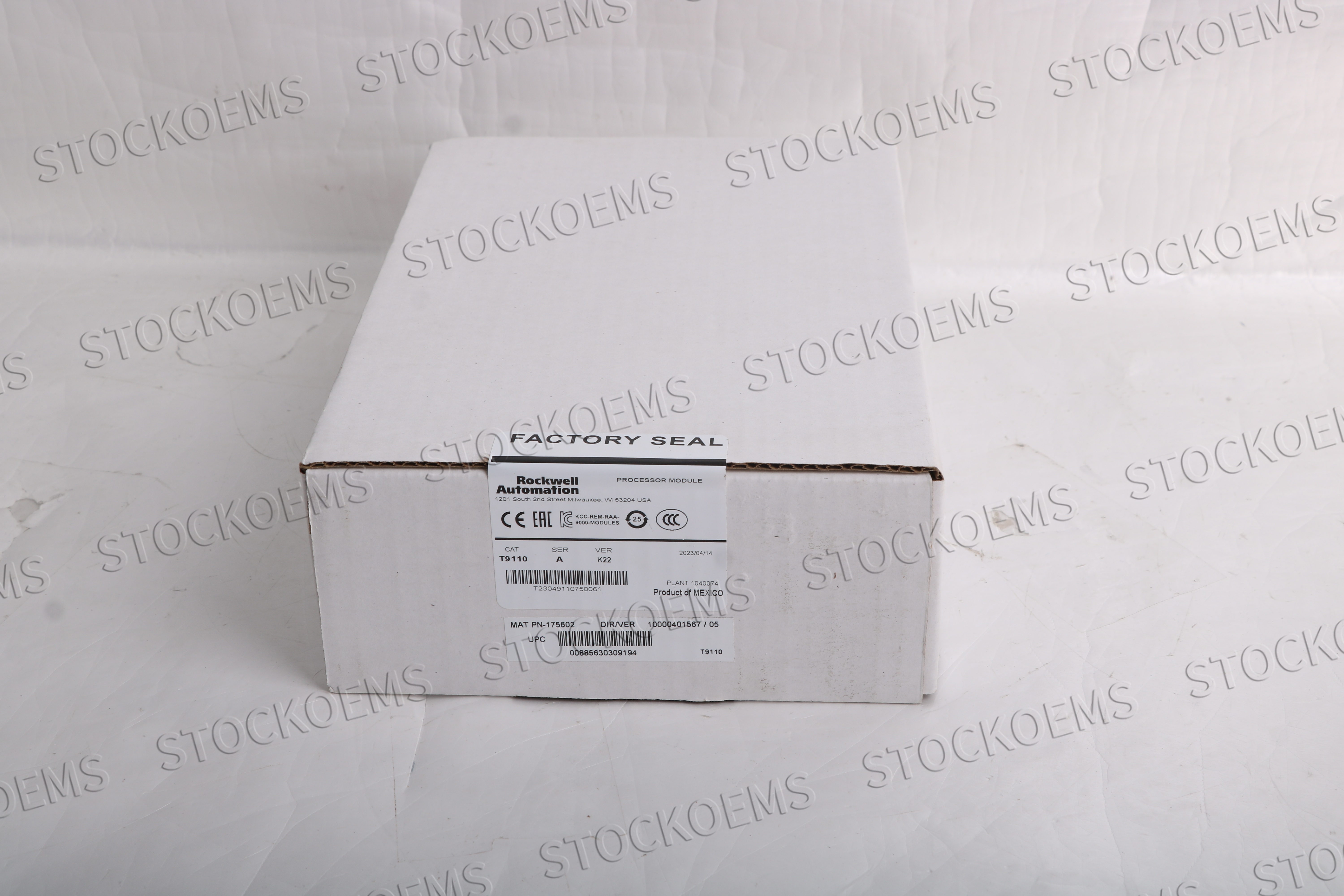
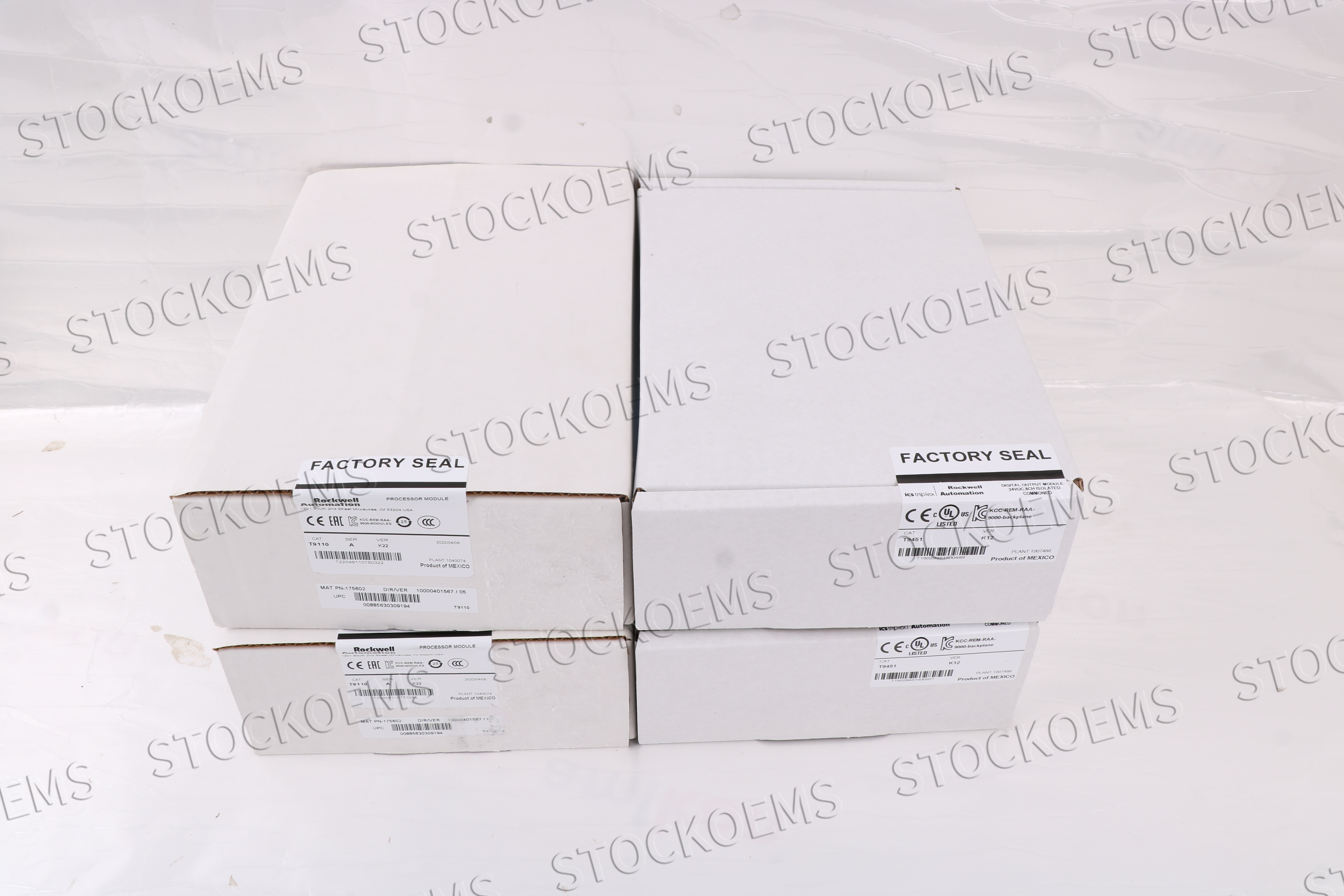
If you want to know details,please contact me without hesitate.
